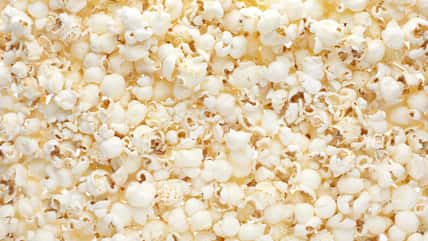A Neolithic Child With Puzzling Marks On Their Bones Was Found Buried In China

The skeleton of a child from a prehistoric burial has exhibited evidence of marks on its bones. The child’s remains were found at an early Neolithic site called Jiahu. It is located in northern China and dates back to around 7,000 to 5,000 B.C.
The mysterious bone modifications may represent burial practices that have not yet been documented in Neolithic China. The Jiahu site was discovered in the 1960s in the town of Beiwudu in the Henan province.
Throughout the years, the site has yielded many important Chinese Neolithic artifacts, including one of the oldest fermented beverages in the world and possibly the oldest silk. Dozens of human burials have also been uncovered at the site.
A team of researchers was analyzing skeletal remains that had been excavated in 2001 when they noticed a unique set of bones.
The bones appeared to have belonged to a child who died between the ages of eight and 10. They originated from a burial that contained a total of three individuals.
It seemed that the child’s body was placed in the grave in a hidden manner. Various grave goods, including a bone flute, were buried alongside the body.
The multiple burial, known as M511, is located in a central cluster at the site that dates back to around 6,000 B.C. The cluster contains certain features that may have been associated with rituals.
For instance, M511 lies near a large burial with at least 23 individuals and a pit filled with turtle shell rattles and a bone tool shaped like a fork.
“Many burials in this cluster yielded objects such as turtle shells with pebbles inside, handle-shaped stone ornaments, fork-shaped bone tools, and bone flutes that are proposed as ritual paraphernalia,” wrote the authors of the study.

Sign up for Chip Chick’s newsletter and get stories like this delivered to your inbox.
When the researchers examined the child’s bones, they saw a number of modifications, such as cut marks, scrape marks, and chop marks on the lower limbs. The marks most likely were a result of human activities involving the removal of flesh from the child’s body.
The researchers also noted that the child was suffering from a disease (scurvy or malnutrition) around the time of death.
Overall, the context of the burial, the bone marks, and the child’s condition suggest a ritual setting. These burial practices may have been associated with the child’s disease.
The purpose of the modifications could have been to release the child from pain and suffering in the afterlife. It is also possible that the marks signify the preparation of making bone tools. Similar scrape patterns were found on bone objects.
“The craftspeople might have chosen them based on the quality of the bone material itself rather than exclusively using animal bones. A future re-examination of bone objects at Jiahu may resolve this debate and lead to a new avenue of research,” wrote the study authors.
The exact purpose of the bone modifications may remain unclear, but it is obvious that the child’s burial was different from the burials of other children around the same age who were interred at the site.
The study was published in the Journal of Osteoarchaeology.
More About:News





